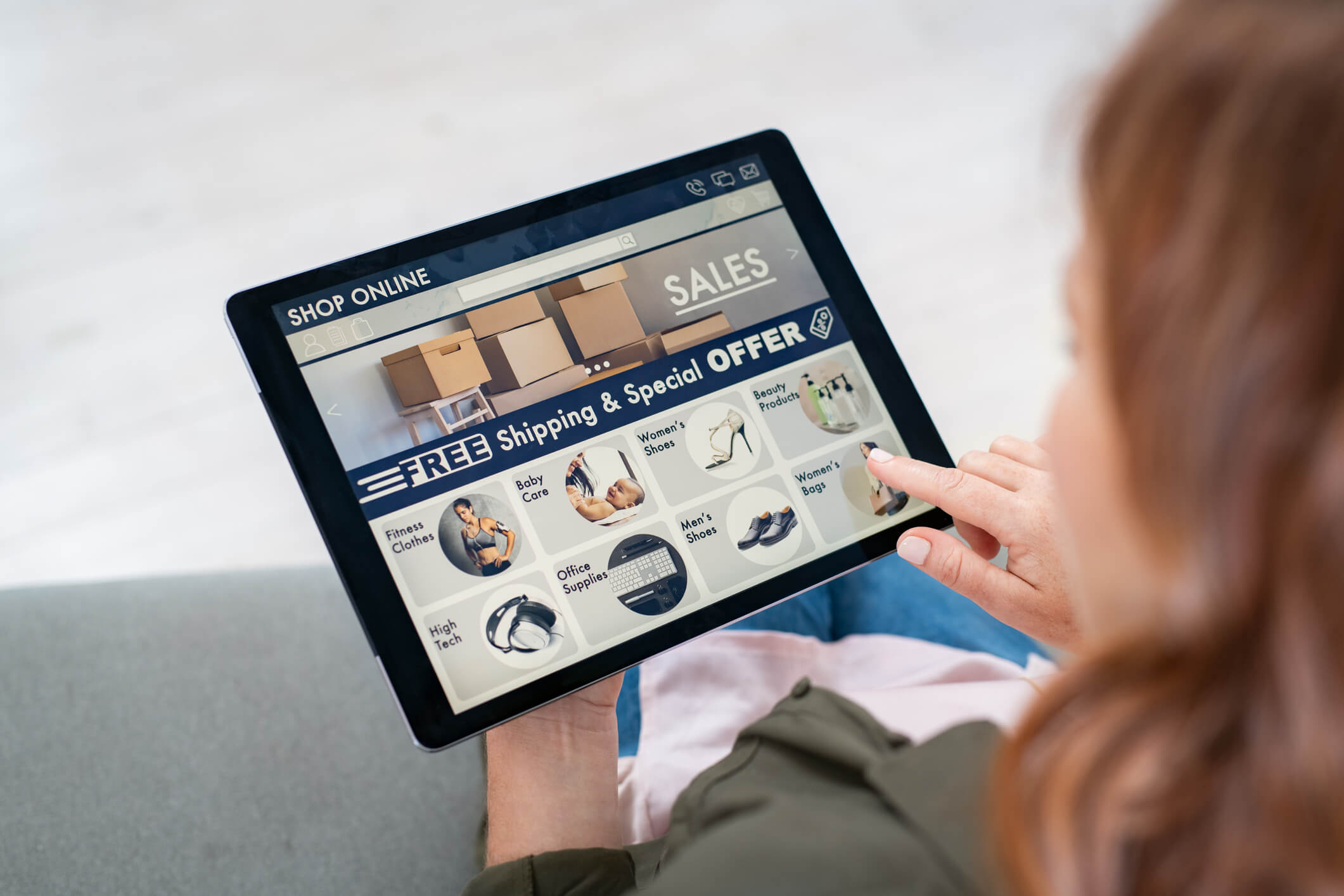Consumer habits have changed with the introduction of technology. Customers now demand more speed, closeness, and personalization when making purchases online and receiving them at home. With COVID-19 plaguing our country, e-commerce has exploded! Businesses that did not offer e-commerce options are now utilizing this option. The growth of e-commerce is having an undoubtedly transformative effect on our purchasing behavior. How a company utilizes, this platform is the key to its prospering.
This article will analyze changes in industries due to e-commerce in relation to creative directors, advertising experts, distributors, data experts, and retail entrepreneurs.

Unite the tradition of luxury with the ‘millennials’
John Hooks, an expert in fashion and retail and the former president of Giorgio Armani and Ralph Lauren EMEA, once said, “The fashion and luxury industry is very relevant because we deal with things that people do not need, our job is to create the desire for consumption.” This can be a challenge because consumer habits have changed alongside improving technology. Hooks goes on to say, “In the area of luxury and fashion, there is a growing gap between hyper-connected and hyper-efficient consumers and offline retail, which is not keeping pace.”
Advertising desirable?
“We are moving towards a world where we have to know the consumer better than ever before,” says Vanessa Prats, sales director for Spain and Portugal at Procter and Gamble. There is one thing we already know about most consumers: they are becoming fed up with advertising. We live in a world of quantity above quality, with massive amounts of content being thrown at us every day. Digitization provides us with many opportunities; however, the challenge is not to replicate the mistakes of the past.

Reinventing the store concept
One key aspect of retail to consider is the purchase process. Electronic commerce is becoming something mechanical. What is happening is that e-commerce takes a part of the customer experience that was routine and transfers it to the online world. Due to people visiting a physical shop less, the overall experience has become more enjoyable and savored. We often forget that we are experiential animals. So, technology must be a vehicle that facilitates the improvement of the experience in physical points. Incorporate technology into your physical store through an updated cash register or digital personal stylist. However, you want to avoid the risk of going to the extreme and over-filling the store with technology.
New payment experiences
There is life beyond cash and card, but do consumers know this? David Alonso, director of B2B of Samsung, assures that “For other methods of extension, consumers have to assume some advantage with respect to the card.” We must lose the fear of the unseen regarding mobile payments and remember that this form of payment is safer than cash.

The time to receive the purchase at home
Behind the click lies the world of delivery. New purchasing systems have forced businesses to radically change their purchasing process. The pressure that comes with this is nothing to laugh about. Failing to efficiently and simply guide a customer through the purchasing process affects the store and the customer’s returning business.
Getting the customer to buy again
Some of the reasons are:
- The social study of how we interact and what encourages us to talk with people. Conduct some research in your store. What are your customers’ interests? What are their demographics? What are some talking points that will leave a lasting impression?
- Incorporate human elements into the user experience. These facilitate interaction.
- Have incentives for your customers online, such as unlocking items by paying an annual fee.
 About Complete Controller® – America’s Bookkeeping Experts Complete Controller is the Nation’s Leader in virtual bookkeeping, providing service to businesses and households alike. Utilizing Complete Controller’s technology, clients gain access to a cloud-hosted desktop where their entire team and tax accountant may access the QuickBooks™️ file, critical financial documents, and back-office tools in an efficient and secure environment. Complete Controller’s team of certified US-based accounting professionals provide bookkeeping, record storage, performance reporting, and controller services including training, cash-flow management, budgeting and forecasting, process and controls advisement, and bill-pay. With flat-rate service plans, Complete Controller is the most cost-effective expert accounting solution for business, family-office, trusts, and households of any size or complexity.
About Complete Controller® – America’s Bookkeeping Experts Complete Controller is the Nation’s Leader in virtual bookkeeping, providing service to businesses and households alike. Utilizing Complete Controller’s technology, clients gain access to a cloud-hosted desktop where their entire team and tax accountant may access the QuickBooks™️ file, critical financial documents, and back-office tools in an efficient and secure environment. Complete Controller’s team of certified US-based accounting professionals provide bookkeeping, record storage, performance reporting, and controller services including training, cash-flow management, budgeting and forecasting, process and controls advisement, and bill-pay. With flat-rate service plans, Complete Controller is the most cost-effective expert accounting solution for business, family-office, trusts, and households of any size or complexity.




